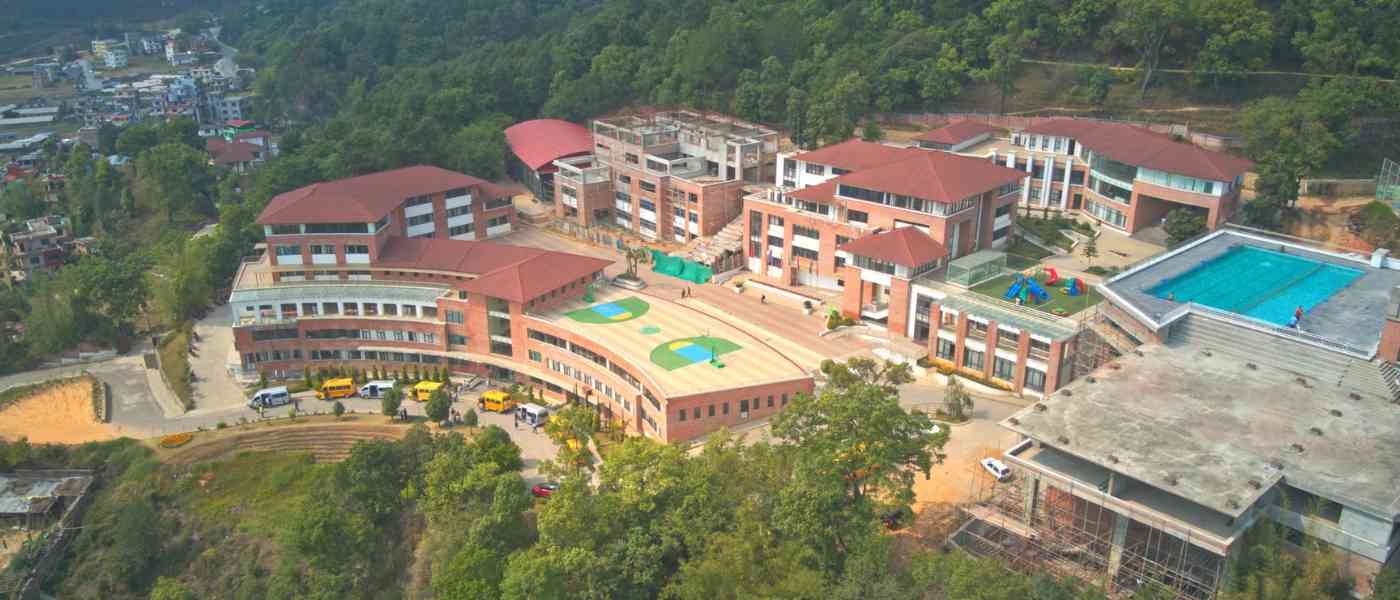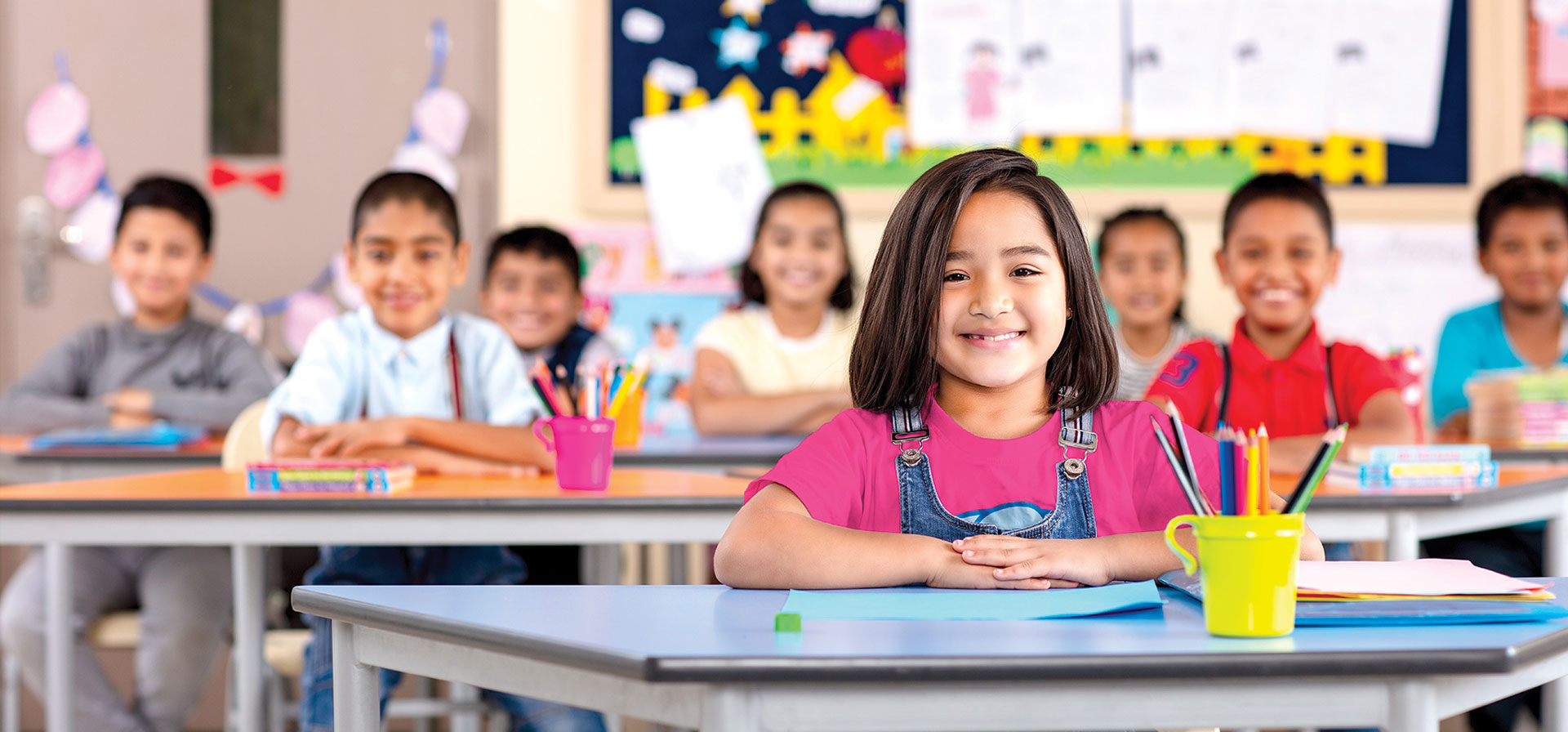As per the provision of the Education Act of Nepal, basic education spans from grade 1 (One) to 10 (Ten). To ensure that students receive developmentally appropriate instruction, we have bifurcated the basic education into the Primary Elementary wing (Grade 1 – 5) and Middle Elementary wing (Grade 6 – 10).
In the lower elementary grades (Grade 1 – 5), teachers are placed in interdisciplinary teams, and are required to regularly work purposefully and collaboratively. In the upper elementary grades and high school, Class Mentors are assigned to a section of any one grade. Besides teaching assigned subject(s) to relevant grade students according to the curriculum, Class Mentors will also have to coordinate with other grade and subject teachers to maintain consistency in the progress of the curriculum and develop lesson plans and instructional ideas according to school’s learning principles.
In the lower elementary school, special focus is given to the daily practice of numeracy and literacy skills. The development of speaking, listening, reading and writing skills (literacy) and the ability to access, use and interpret and communicate mathematical information and ideas (numeracy) is the foundation of all learning. Students in the elementary school are engaged in real-life activities that allow them to practice their literacy and numeracy skills. In addition to the three core subjects (English, Math and Nepali), a thematic approach introduces other subjects such as Science, Social Studies, Computer Studies, Physical Education, Art and Music. The units are organized around a theme, which helps children to see how subjects are both ‘independent’ and ‘interdependent’. It enables them to visualize ‘the big picture’ of their learning, make connections through and across different subjects and talk about a theme from multiple perspectives.
From the Upper Elementary School onwards, students are taught in subject groupings in dedicated classrooms with the core subjects expanded to include Occupation, Business and Technological Education (OBTE), Moral Studies and Health and Hygiene. Significant time is given for students to think, model, draw, write, and talk about their learning experiences.
Throughout the elementary school (Grades 1-8), teachers design lessons in such a way that in every class, the students work and collaborate in a number of ways that include pair and small–group work, individual tasks and whole-class discussions to solve a problem, complete a task or create a product. It is through discussions that learning occurs. In this way, students are exposed to diverse viewpoints from people with varied backgrounds and create their own unique interpretation of knowledge.
The use of continuous or formative assessment throughout the elementary school allows teachers to give feedback on student performance and progress and provides the practice of meta-cognition in the students. This continuous assessment is reinforced by summative assessments at the end of each term (starting from Grade 4 onwards). Together these approaches allow teachers to monitor, adapt and differentiate learning opportunities for individual students.


